Digestive Health
How to Identify Abdominal Pain Caused by Gallstones
5 min read
By Apollo 24/7, Published on - 26 October 2021, Updated on - 11 November 2022
Share this article
0
32 likes
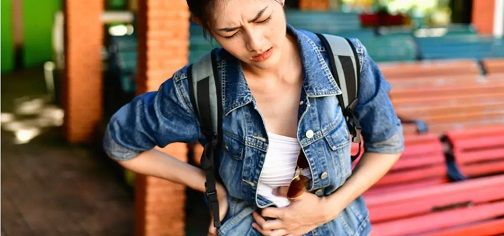
Sudden, severe pain in the upper right abdomen, fever, or yellow skin, could indicate the presence of gallstones. These stones are usually made up of cholesterol and develop in the gallbladder. One is more likely to get gallstones after the age of 40 years. Certain chronic conditions, a crash diet, or rapid weight loss can also cause gallstones. Most people do not experience any symptoms or complications from gallstones and may not require treatment. However, for symptomatic gallstones, surgery may be recommended to remove the gallbladder. Understanding gallstones and how to identify the pain caused by them will go a long way in overcoming this health problem.
What are gallstones and how are they formed?
Gallstones are small stones that develop in the gallbladder when one or more components of bile, usually cholesterol or bilirubin, are in excess and get hardened. Bile is composed of cholesterol, bilirubin (bile pigment), bile salts, phospholipids, electrolytes, and water. After eating a meal, the gallbladder squeezes bile into the intestine to aid the digestion of fats.
Gallstones may also form when the gallbladder does not empty fully or frequently. These gallstones can block or obstruct the flow of bile. Many people with gallstones do not experience any symptoms, and these silent stones may be revealed during other diagnostic tests or medical procedures.
However, sometimes the blockage may cause the bile to build up, leading to pressure and pain in the gallbladder, which is referred to as a gallbladder attack. A gallbladder attack, also called biliary colic, frequently occurs following a heavy meal.
Symptoms of gallstones
Most often, gallstones do not cause any symptoms. However, when the gallstones obstruct the bile flow, symptoms do occur. The hallmark symptom is a sudden, intense abdominal pain that lasts from one to five hours.
Typical features of gallbladder pain are:
- Pain in the centre of the abdomen
- Sudden and severe pain in the upper right side of the abdomen
- Pain that may radiate to the right shoulder or the back
- Pain which may last for a few minutes to several hours
- Pain that occurs along with nausea or vomiting
- Pain which recurs in the same fashion
Other symptoms:
Gallstones can obstruct the flow of bile for longer periods or move into other organs like the small intestine or pancreas causing symptoms such as:
- Fever
- More constant pain
- Jaundice
- A rapid heartbeat
- Diarrhoea
- Chills
- Loss of appetite
- Itchy skin
Risk factors for gallstones
Factors known to increase the risk of gallstones include:
- Gender – Gallstones frequently occur in women.
- Age – The risk of developing gallstones increases with age, especially after 40 years.
- Family history – Genetic factors are known to play a role in developing gallstones.
Other risk factors include obesity, prolonged fasting, using certain medications, a lack of physical activity, diabetes, and cirrhosis of the liver.
Diagnosis of gallstones
Gallstones can be diagnosed using medical history, physical examination, laboratory, and imaging tests.
- Physical examination where the doctor checks for pain in the abdomen.
- Blood tests to detect signs of infection, jaundice, or inflammation in the pancreas due to gallstones.
- Imaging tests such as abdominal ultrasound to detect any signs of gallstones.
Treatment for gallstones
Treatment is necessary only for symptomatic gallstones, and the options include:
- Surgery – A surgical procedure to remove the gallbladder, known as cholecystectomy, may be recommended as gallstones may recur frequently. The gallbladder is not an essential organ and people can live normally without it. Once the gallbladder is removed, the bile fluid flows directly into the small intestine, with no impact on digestion.
- Medications – Medications can be used to dissolve gallstones. However, it may take several months or years to dissolve and may also recur. Hence, medication is reserved for those unable to undergo surgery.
Prevention of gallstones
The risk of developing gallstones can be reduced by following a few healthy lifestyle habits that include:
- Avoiding prolonged fasting – Skipping meals or fasting reduces the movement of the gallbladder causing a build-up of cholesterol in the bile that increases the risk of gallstones.
- Consuming a healthy diet – Eating a healthy and well-balanced diet improves and protects the gallbladder’s health. A few tips include:
- Eating fibre-rich foods such as whole grains, fruits, vegetables, and beans.
- Limiting sugary foods and refined carbohydrates.
- Consuming healthy fats like olive oil that help in gallbladder contraction and emptying regularly.
- Avoiding unhealthy fats that are usually present in fried foods and desserts.
- Losing weight slowly – During rapid weight loss, the body metabolizes fat and causes the liver to secrete excess cholesterol into bile, increasing the risk of gallstone formation.
- Maintaining a healthy weight – Excess weight is known to increase the amount of cholesterol in bile. Hence, one should aim to maintain a healthy weight by consuming a healthy diet and increasing physical activity.
- Limiting alcohol intake – Drinking alcohol in moderation can help reduce the risk of gallstones.
Conclusion
It is crucial to call the doctor if one develops abdominal pain, yellow skin, or eyes to find out if gallstones are the cause and get them treated. Early suspicion and testing are essential to make a diagnosis. People having symptoms of gallstones usually recover completely and do not develop gallstones again after their surgery. However, a few healthy lifestyle habits may help prevent gallstone formation. These include consuming a healthy diet low in fat, maintaining a healthy body weight, and refraining from prolonged fasting.
Talk to a gastroenterologist for any questions on digestive health including gallstones.
Digestive Health
Leave Comment
Recommended for you
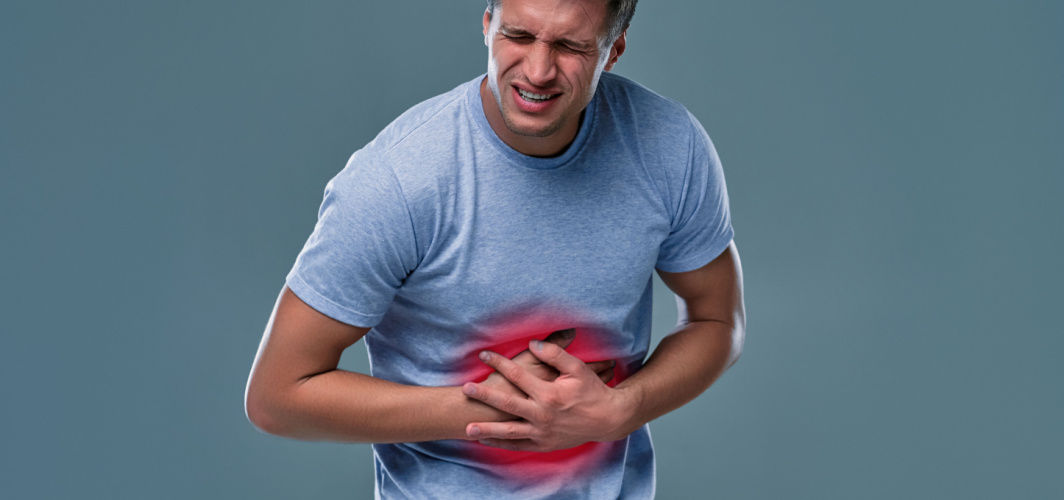
Digestive Health
Irritable Bowel Syndrome: 5 Tips To Ease The Pain
Irritable bowel syndrome is a common chronic gastrointestinal disorder, which affects nearly 15% of the global population. Though there are no effective medicines or treatments to help those suffering from this condition, certain strategies can help reduce the intensity of its symptoms.
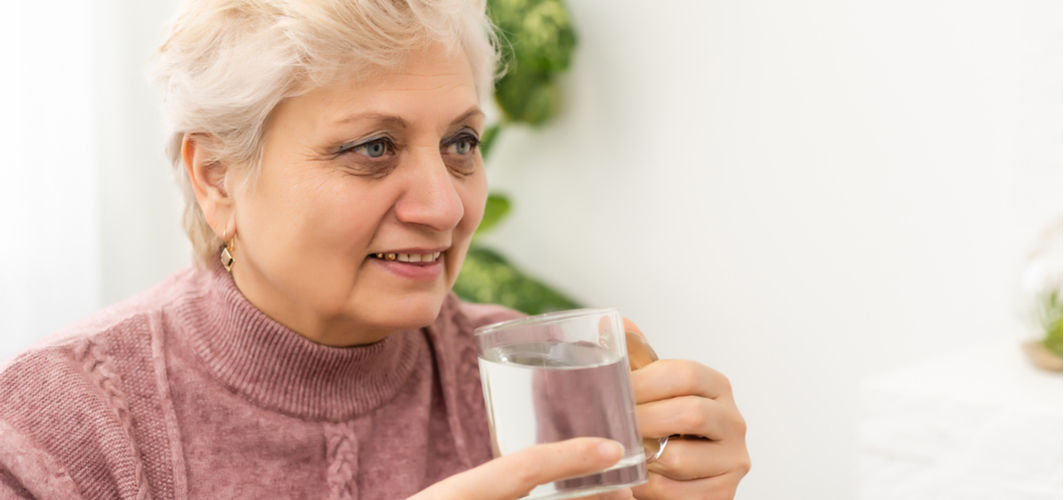
Digestive Health
Could Microscopic Colitis Be the Cause of Chronic Diarrhea?
Microscopic colitis is a type of chronic inflammatory bowel disease (IBD) that causes inflammation in the digestive tract characterized by persistent watery diarrhea.
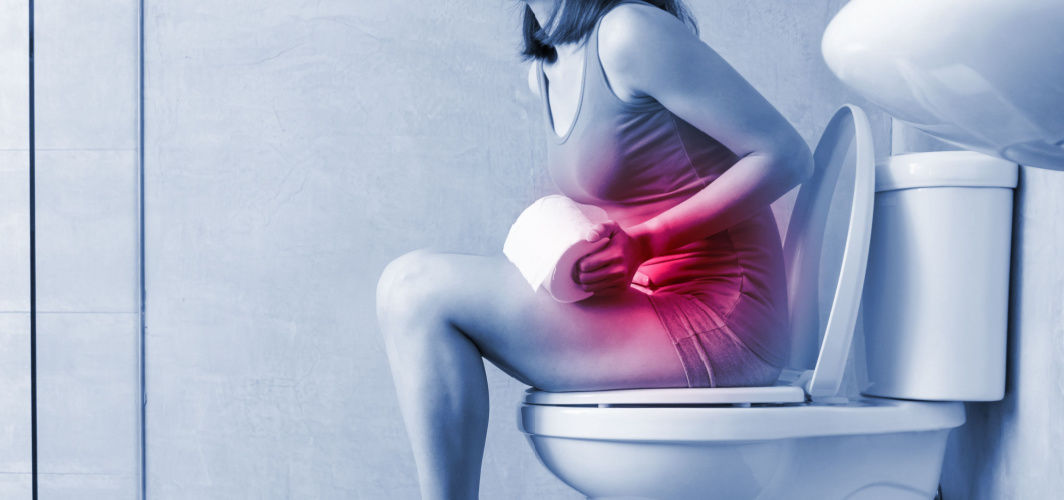
Digestive Health
बवासीर को घर पर ही प्राकृतिक तरीके से ठीक कैसे करें
बवासीर को का अर्थ होता है गुदाद्वार या फिर निचले मलाशय में नसों में सूजन और जलन का हो जाना। मलत्याग करते समय व्यक्ति के मलाशय से रक्तस्राव एवं दर्द होता है। जानिए इस बीमारी के बारे मे।
Subscribe
Sign up for our free Health Library Daily Newsletter
Get doctor-approved health tips, news, and more.
Visual Stories
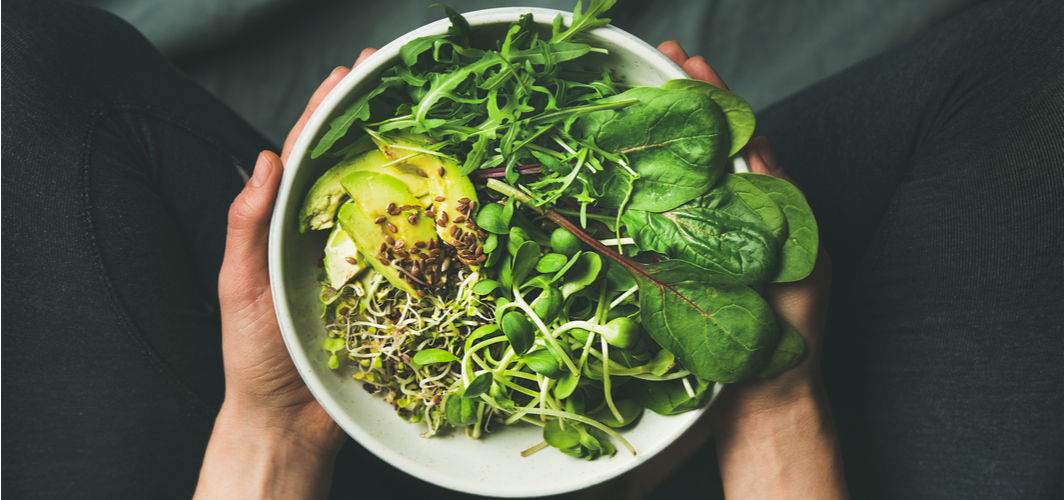
Hidden Health Benefits in a Bowl of Salad
Tap to continue exploring
Recommended for you

Digestive Health
Irritable Bowel Syndrome: 5 Tips To Ease The Pain
Irritable bowel syndrome is a common chronic gastrointestinal disorder, which affects nearly 15% of the global population. Though there are no effective medicines or treatments to help those suffering from this condition, certain strategies can help reduce the intensity of its symptoms.

Digestive Health
Could Microscopic Colitis Be the Cause of Chronic Diarrhea?
Microscopic colitis is a type of chronic inflammatory bowel disease (IBD) that causes inflammation in the digestive tract characterized by persistent watery diarrhea.

Digestive Health
बवासीर को घर पर ही प्राकृतिक तरीके से ठीक कैसे करें
बवासीर को का अर्थ होता है गुदाद्वार या फिर निचले मलाशय में नसों में सूजन और जलन का हो जाना। मलत्याग करते समय व्यक्ति के मलाशय से रक्तस्राव एवं दर्द होता है। जानिए इस बीमारी के बारे मे।